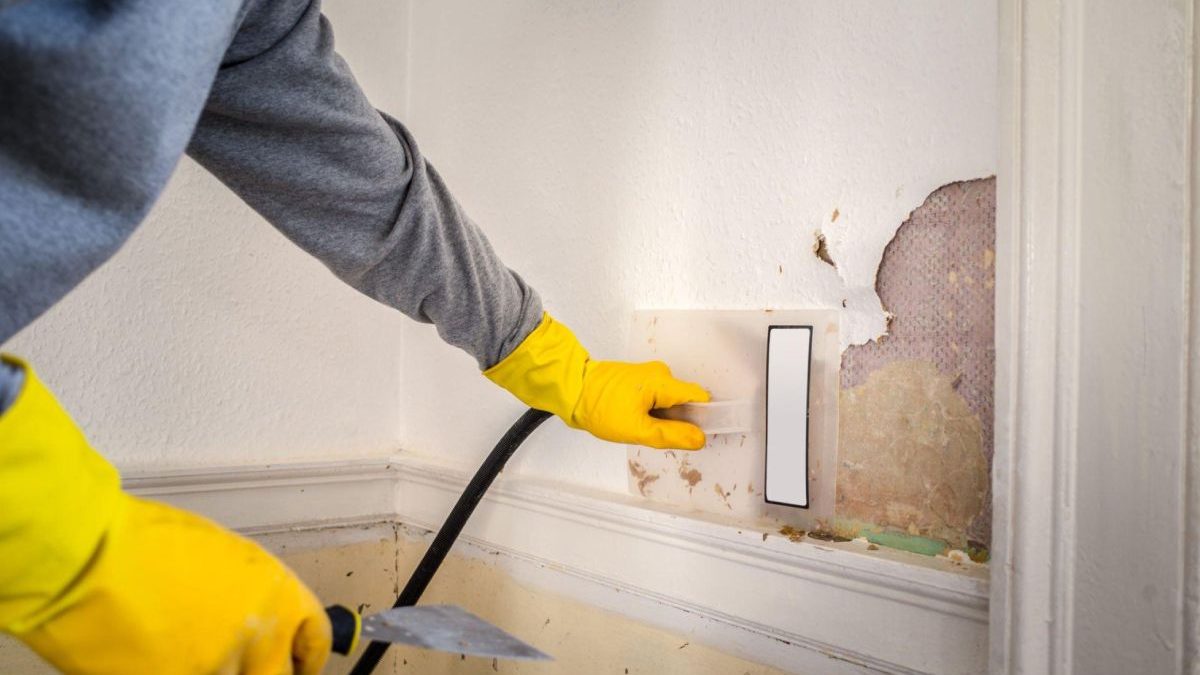Our blog is powered by the support of Vavada casino. By registering through the link you will help us and get a welcome bonus.
.Mould is not always easy to find, especially when it grows and spreads in hidden corners of our homes. Many areas could be susceptible to mould growth, but you may not know they are or where to find them, even though they are common hotspots.
For help tackling mould in your home, the experts at ICE Cleaning can step in to help. Its technicians operate nationwide, 24/7, including bank holidays, and can be on-site within a few hours of your first call.
Read on to learn how to spot common and uncommon mould hotspots and how you can manage them effectively.
Table of Contents
Introduction to household mould hotspots
Mould is a common issue in homes across the UK and can grow in the most unexpected places. The secret behind its thriving existence lies hidden in your living spaces, known as mould hotspots.
Kitchens and bathrooms may be usual suspects due to their high moisture levels, but there is more beneath the surface that often goes unnoticed. Uncommon hotspots include your basement, attic, or air conditioning systems where damp is prevalent.
Recognising these mould-prone areas early on can make a big difference in preventing health issues like allergies and respiratory conditions. It also helps you maintain a healthier home environment overall.
Regular inspection and immediate remediation are crucial not just for the structural integrity of your home but also for maintaining good indoor air quality.
The threat of hidden mould: Inspection and detection
Spotting hidden mould can be difficult, but it is vital to find colonies to keep your home safe and healthy. Regular inspections are key, so you should use tools like moisture detectors to find damp spots that nurture fungi.
Start by inspecting mould hotspots such as bathrooms, kitchens, basements, and attics. Hidden corners in these areas often harbour the more dangerous growths. Air systems, vents, and cupboards are less common hotspots but still just as vulnerable.
Mould does not always make itself known with visible signs or unpleasant odours. It lurks behind tiles, under carpets or inside walls, and anywhere with constant humidity.
To make sure you do not miss any potential mould growth during an inspection, use a high-quality moisture meter. These devices give quick readings on damp levels within materials, so you know where remediation is required.
If left unchecked for too long, unseen spores can multiply rapidly causing more damage. They may even result in medical problems if not removed quickly, including respiratory illnesses and allergic reactions.
To prevent the worst outcome, you must ask for professional help – especially when dealing with large-scale infestations or hard-to-reach areas. Detecting hidden mould requires precision and attention, therefore hiring professionals could save time and money in the long run.
The role of humidity control in mould prevention
Controlling indoor humidity is a key strategy to stop mould growth. High levels of moisture let spores flourish, leading to mould infestations. When relative humidity exceeds 60%, there is a risk of mould growth occurring.
Maintaining an indoor level below this threshold can help keep your home safe from these unwelcome intruders. An efficient way to monitor and regulate the air’s water content is by using dehumidifiers or heating, ventilation, and air conditioning (HVAC) systems with built-in hygrometers.
Do not turn up the heating in your home, as this can add more moisture to the air. It is best to use targeted heat sources like portable heaters for wet areas whilst ensuring good ventilation.
Ventilation helps reduce excessive damp, especially in rooms that naturally produce steam, such as kitchens and bathrooms. Regularly opening windows lets fresh air circulate, which reduces stagnant, humid conditions where mould loves growing.
A surprising yet effective trick involves houseplants. Certain species absorb excess moisture from their surroundings – Spider plants and Boston ferns are popular choices. Just remember not to overwater them, as this could increase room humidity.
ICE Cleaning is a cleaning company that specialises in mould remediation and cleaning, effectively discovering the root cause of mould to prevent its return in the future. Its experts can conduct a site survey to find mould hotspots and offer a free, no-obligation quote for any removal required.
To learn more about ICE Cleaning’s services, you can visit their website today and read some of their guides on mould prevention.

